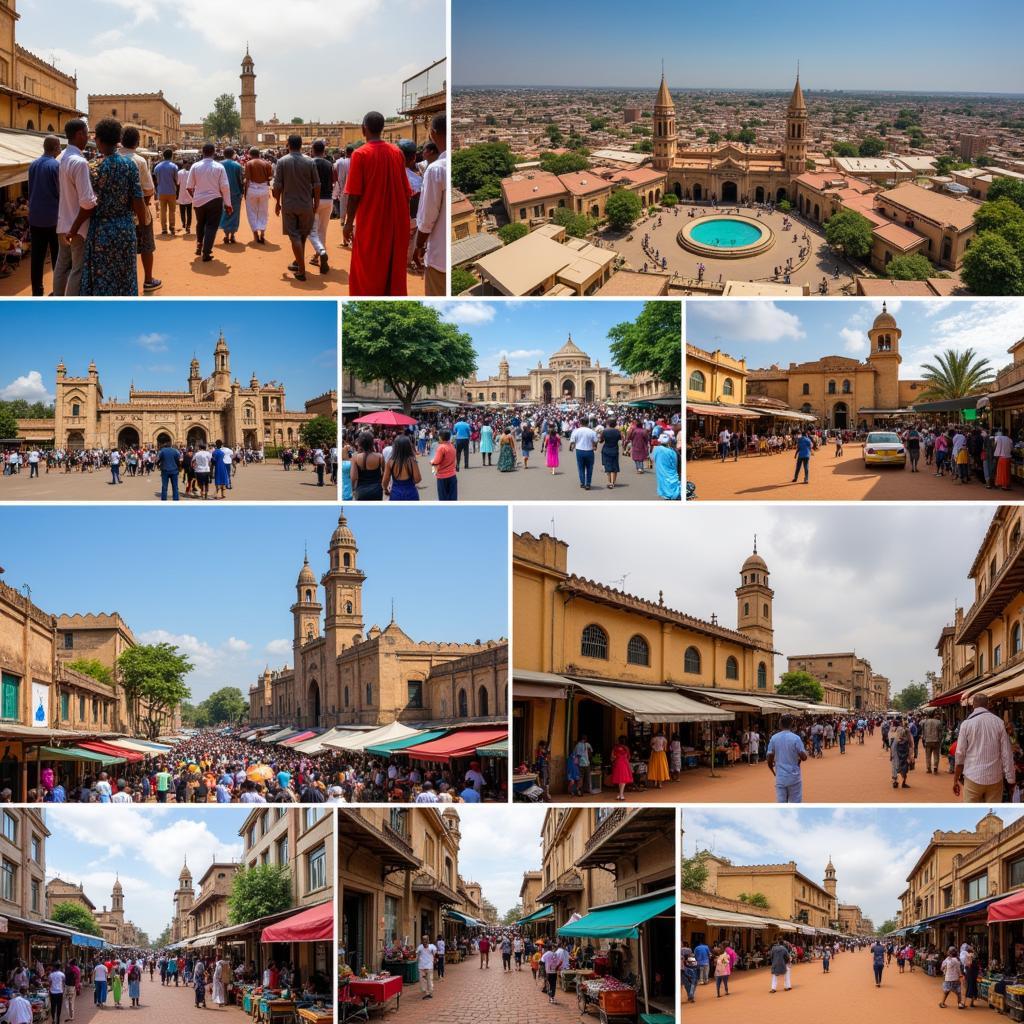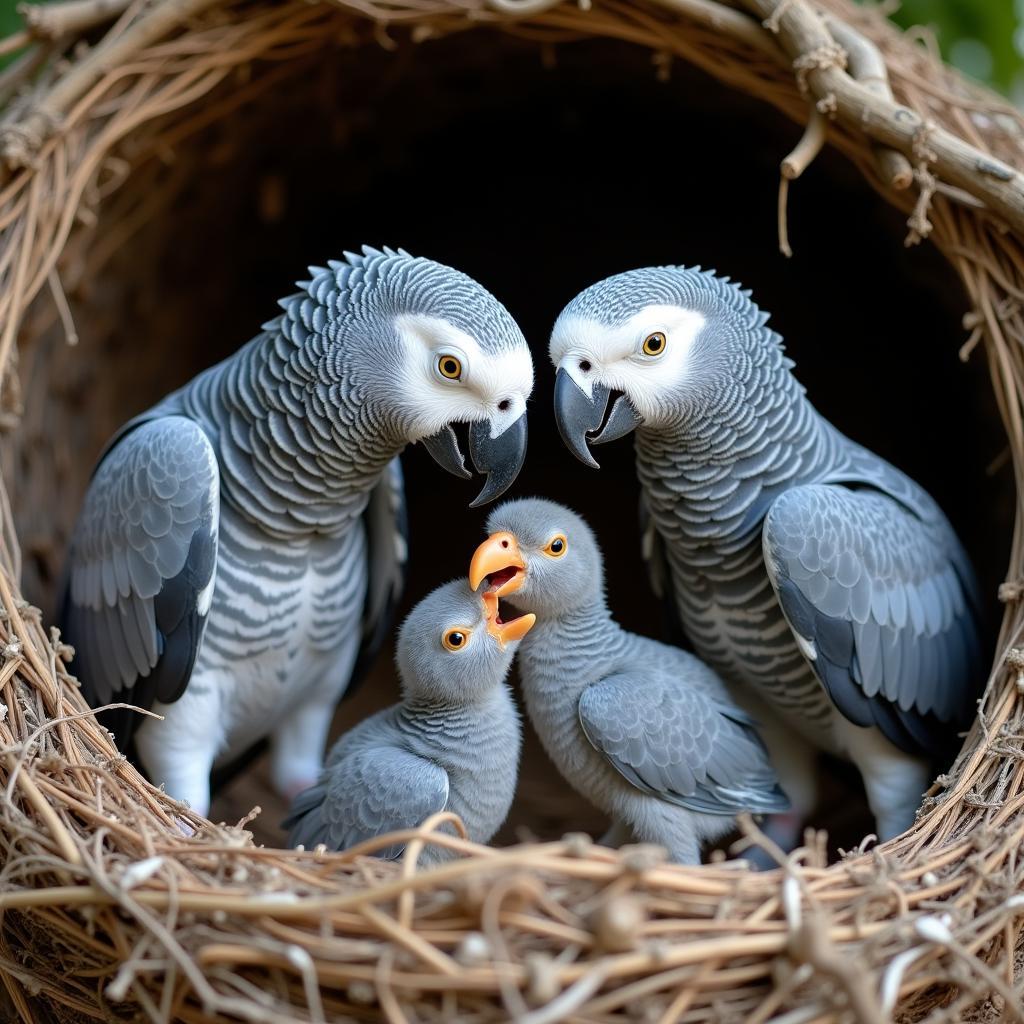African Jungle Snake Anaconda: Separating Myth from Reality
The African Jungle Snake Anaconda. A phrase that sparks curiosity and conjures images of a massive serpent lurking in the heart of Africa. However, this image is a misleading one, borne out of a misunderstanding of these incredible creatures and their natural habitats. While Africa boasts a diverse and fascinating array of snake species, the anaconda is not one of them.
Debunking the Myth: Anacondas are not Native to Africa
Anacondas, belonging to the genus Eunectes, are native to the swamps, marshes, and slow-moving rivers of South America. The green anaconda (Eunectes murinus), the largest snake by weight, makes its home in the Amazon and Orinoco basins. Their immense size, reaching lengths of over 5 meters (16 feet), and their reputation as powerful constrictors have solidified their place in both folklore and popular culture.
The misconception of an “African jungle snake anaconda” might arise from the presence of large constrictors on both continents. Africa is home to pythons, particularly the African rock python (Python sebae) which can grow to similar lengths as some anacondas. These powerful snakes are often found in habitats similar to the anaconda, near water sources and within dense vegetation.
African Pythons: The Continent’s Apex Predators
While not anacondas, African rock pythons play a crucial role in their ecosystems. As non-venomous constrictors, they overpower their prey with their muscular bodies, suffocating their victims before consuming them whole. Their diet consists of a variety of animals, including rodents, birds, fish, and even larger mammals like antelope.
These pythons are known for their impressive strength and camouflage, allowing them to ambush prey effectively. Their presence helps regulate prey populations, contributing to a balanced ecosystem.
Why the Confusion?
The mistaken identity of an “African jungle snake anaconda” might stem from a few factors:
- Similar Appearance: Both anacondas and African rock pythons share a similar body shape, being large, heavy-bodied snakes.
- Shared Habitat Preferences: Both species favor environments near water, with dense vegetation providing cover.
- Similar Hunting Techniques: As constrictors, they employ similar hunting methods, relying on stealth and powerful muscles.
These similarities might lead to confusion, especially when encountering descriptions or depictions of large snakes in popular media.
Celebrating Africa’s Diverse Wildlife
While the “African jungle snake anaconda” is a misnomer, Africa possesses a rich tapestry of snake species, each with its own unique adaptations and ecological significance. It’s important to appreciate the diversity of the natural world and to seek accurate information about the creatures that inhabit it. Understanding the differences between species, their geographical distributions, and their roles in their respective ecosystems enhances our appreciation for the natural world and fosters a deeper understanding of these fascinating reptiles.




